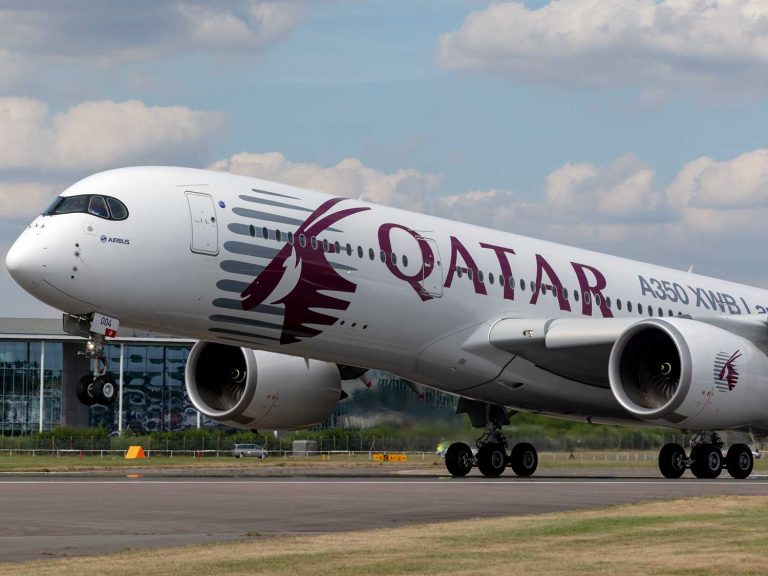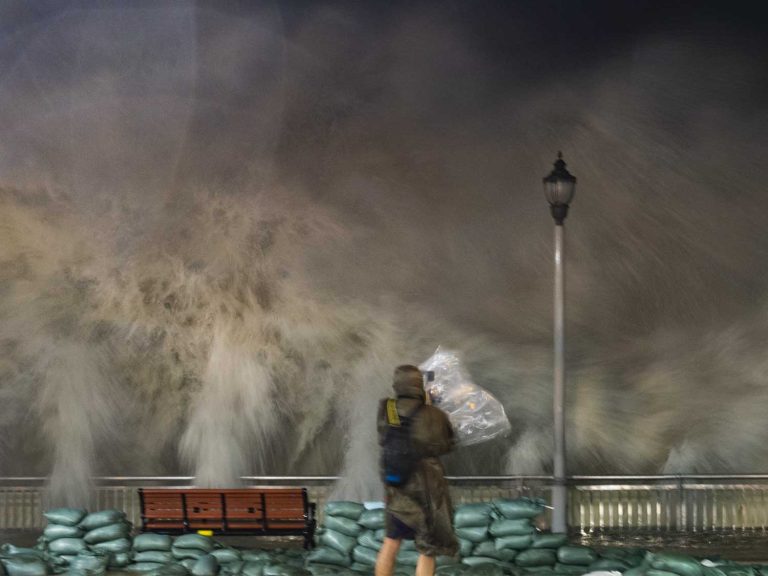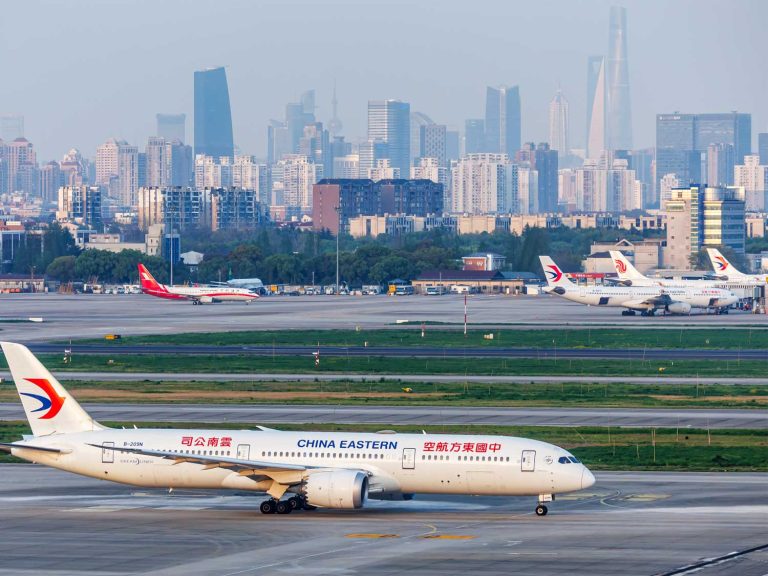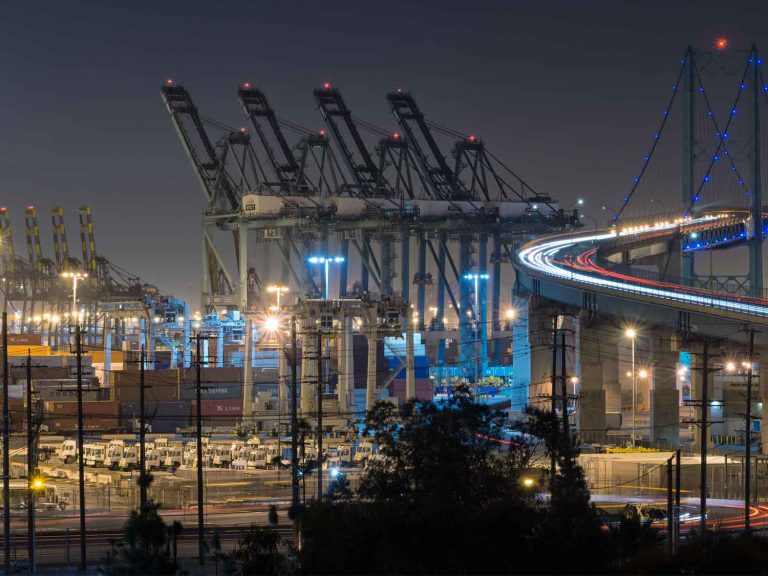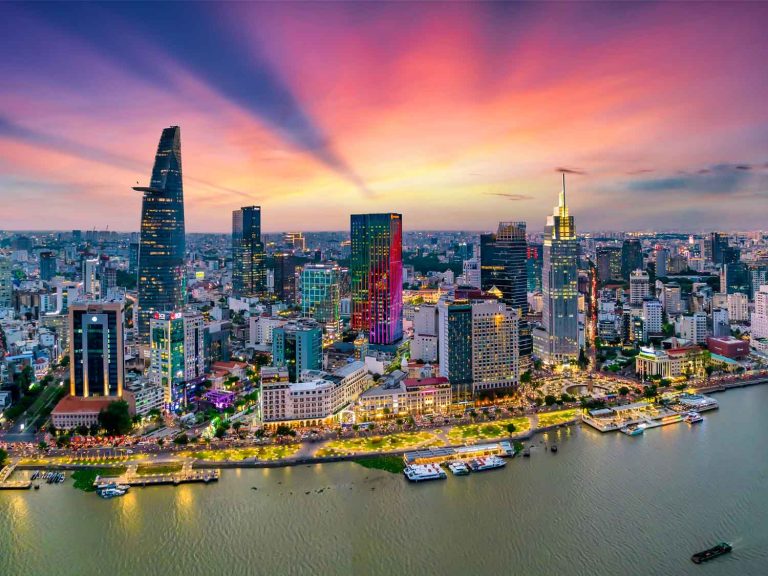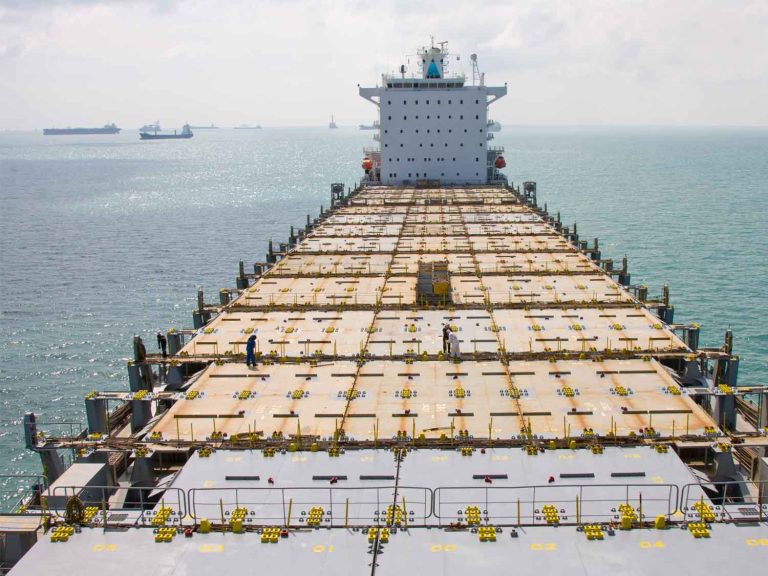One Minute Late, Thousands Lost: U.S. Customs Tightens Enforcement Across All Modes
In U.S. trade compliance, even a one-minute delay can be costly. Recent cases show importers and logistics partners facing thousands of dollars in penalties simply because mandatory filings were completed moments after official cut-off times.
U.S. Customs and Border Protection (CBP) has steppe...
Read more Airfreight Cools; Growth Still Building
Even though air cargo is easing back after a brisk summer, global tonnages rose in the third quarter, with eCommerce redrawing lanes and hub dynamics, while UK airport expansions point to a more connected decade ahead.
Worldwide air cargo tonnages were up 4% YoY in Q3 2025 and while average sp...
Read more Blank Sailings, GRIs and a Typhoon Disrupt Asia Shipping
Shippers moving goods out of Asia are bracing for the tightest space and schedule disruptions as the major container shipping lines accelerate blank sailings in the lead-up to China’s extended Golden Week holidays.
Following weeks of tentative planning, lines have now confirmed broad capacit...
Read more Ex-China Airfreight: Turbulence and Transformation
For shippers moving goods by air into Europe and the US, the peak season has arrived with a complexity not seen in recent years. As flights are cancelled and rates trend sharply upward, a fundamental reshaping of the marketplace is underway.
In September, a powerful typhoon swept through south...
Read more Carriers Sustain Transpacific Rate Momentum with Strategic Blanking
Transpacific carriers have achieved notable success this September in upholding spot freight rates despite softer volumes and ongoing market pressures. Through a mix of strategic blank sailings and well-timed general rate increases (GRIs), the main carriers have sustained a robust rate environmen...
Read more Asia Pacific Freight Markets Reshape as Tariffs Shift Trade Flows
Air and sea freight in the Asia Pacific region is at the centre of global freight realignments, as eCommerce and feeder shipping operations are reshaped by recent policy changes in the US.
Adjustments to tariff rules and the elimination of duty exemptions have pushed shippers to reconsider s...
Read more Managing an Oversupplied Sea Freight Market
Unpredictable scheduling, blank sailings and overcapacity continue to unsettle the major east–west, transatlantic and transpacific trade lanes. But with tools such as late-stage blanking, slow steaming and selective vessel deployment, carriers are actively managing capacity to protect pricing a...
Read more Brown Marmorated Stink Bug Season 2025
The Brown Marmorated Stink Bug (BMSB) is an agricultural pest native to China, Japan and the Korean peninsula. Each year, Australia and New Zealand enforce strict controls from 1 September through 30 April to prevent the introduction of this invasive pest through international trade.
Accidenta...
Read more US Tariffs Reshape Global Supply Chains
The wave of new US tariffs has triggered a recalibration across global trade and supply chains. While markets initially reacted with relative calm, the cumulative impact of the Trump administration’s layered tariff regime, now reaching more than 60 countries, is beginning to reshape sourcing st...
Read more Supply Chain Leaders Wary of Unprecedented Risks
The Chartered Institute of Procurement & Supply (CIPS) has published its Q2 2025 Pulse Survey, and the findings paint a sobering picture for global supply chains.
Procurement leaders are reporting their highest-ever levels of concern about disruption, with anxieties around shipping costs, ...
Read more Container Shipping Faces Prolonged Excess Capacity
The container shipping industry is set for several years of structural oversupply, which will put significant downward pressure on rates, with fleet growth consistently outpacing cargo demand until the end of the decade.
Analysts point to a combination of record vessel orders and limited scrap...
Read more H1 2025: Six Developments Reshaping Global Trade
The first half of 2025 has been one of the most turbulent periods for supply chains in recent memory. From renewed tariff wars to fresh geopolitical flashpoints, logistics professionals have had to contend with a constantly shifting landscape.
At the same time, structural challenges around ski...
Read more 

